5 Sport Injuries to Watch Out For
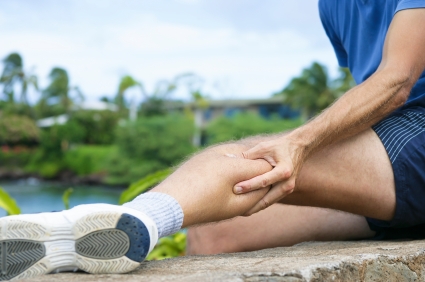
No pain = no gain?
According to 15 different studies involving 550 athletes and 330 people with normal activity levels, athletes can tolerate more pain than the average individual.
When you’re busting your butt at the gym on a regular basis, a little muscle soreness now and then is to be expected, and you can shrug it off like it’s nothing.
You simply push throughout it and prepare for your next sweat session. But just because you’re toughing it out in the gym doesn’t mean that you’re the next superman.
Is Your Pain a Warning Sign?
Dr. McAllister explains, “Pain is the best indicator that something is wrong. If it doesn’t go away after several minutes, gets worse, affects your exercise or routine, or is so strong that you can’t bear weight, the injury is more serious and you should see a doctor for examination.”
Poor form, old equipment, or bad luck can result in sport injuries that can have a dramatic long-term impact on your physical performance. The longer you postpone seeking medical attention, the more damage you’ll do.
How do you know when to shake it off and when to seek professional help?
Pops and Crackling Sounds
The occasional pop now and then is nothing to worry about, so don’t panic every time you do squats. Joints are surrounded by synovial fluid, a clear thick liquid that acts as lubrication. Rapid movement and stretching can cause the small bubbles in the synovial fluid to burst, resulting in that all-too-familiar knuckle-cracking sound.
However, if the pop is followed by noticeable swelling and pain, then you’ll want to see a doctor immediately to check for a tear in the ligament.
Sharp, Stabbing Pains
If you’re a regular gym goer, then you’re probably all-too-familiar with delayed muscle soreness. It’s that dull ache you get after exercise that typically fades over a day or two.
Click here to find out how to relieve muscle soreness.
On the other hand, if you can specifically target and point to the place of pain or if it’s lingered for more than 24 hours, it could be a sign of muscle spasms, strains, or tears.
David Pearson, PhD, advises, “If you get a sharp pain when you try to raise your shoulder past a certain height, have a physician look at it.”
Swelling
Even if you don’t feel pain in the afflicted area, swelling is always a sign of physical injury. If one ankle is bigger than the other, or if your knee is starting to look puffy, then you’ll definitely want to stop exercising and treat the problem.
Ligament tears can be partial or complete. Don’t measure the severity of the problem by the pain. A complete tear can actually cause less pain than you anticipate. Although this is one of the most common sport injuries, it can still cause plenty of damage if neglected for too long.
Lightheadedness
If you push yourself too hard or if try to work out on an empty stomach, then you may experience some dizziness and lightheadedness. These feeling shouldn’t be ignored.
Lightheadedness and dizziness are the steps that come right before fainting – which is dangerous no matter how you look at it. Falling over and landing on equipment, or worse, having the equipment land on you is a good way to get on the fast-track to the hospital.
Numbness or Tingling
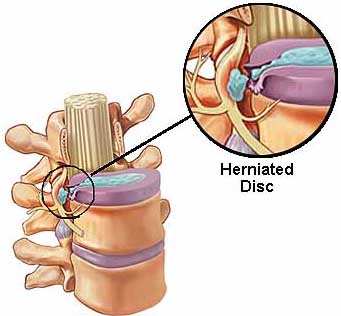 If you’re feeling numbness or tingling running up and down your arms or legs, it could be a result of a herniated disk, which will definitely need medical attention ASAP.
If you’re feeling numbness or tingling running up and down your arms or legs, it could be a result of a herniated disk, which will definitely need medical attention ASAP.
Disks are soft structures that provide cushion between the bones of the spine, enabling you to bend and move. But when the disc tears and presses on the nerves, it can take almost a month to heal.
Final Thoughts
Remember: “Pain is always your first and best guide and a signal to stop,” says Dr. McAllister.
Also, if you experience any pain or sport injuries during physical exercise, then follow the acronym RICE: Rest, ice, compression, and elevation. This can help keep the swelling and pain to a minimum until you can seek medical help.
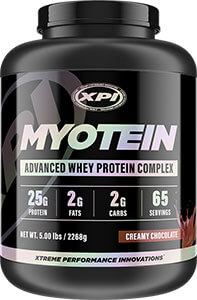
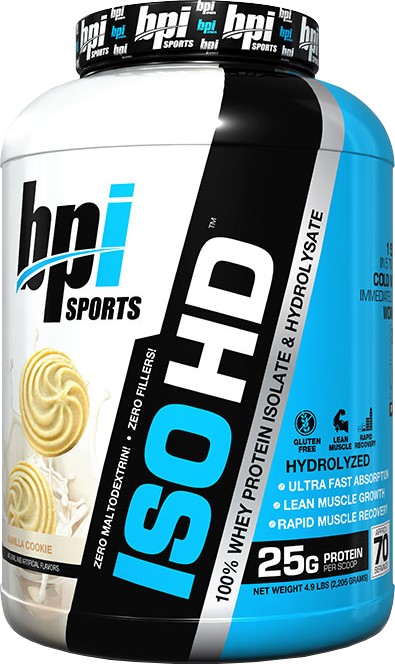
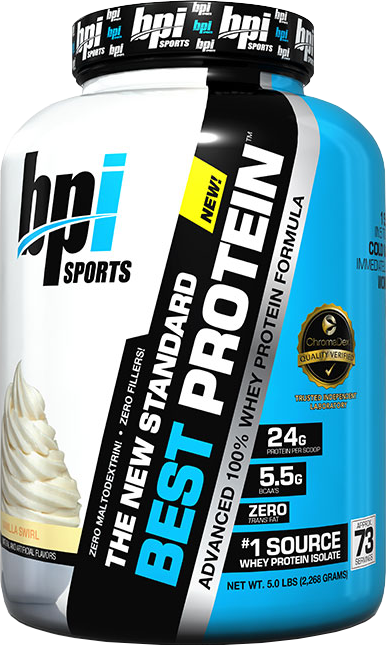
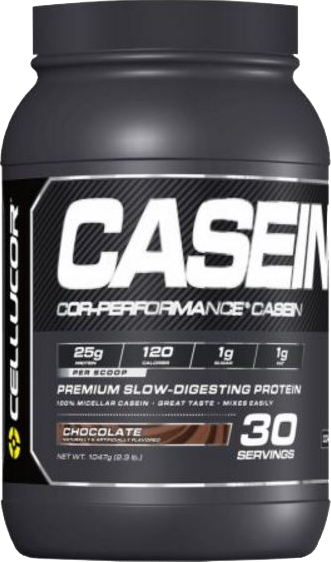
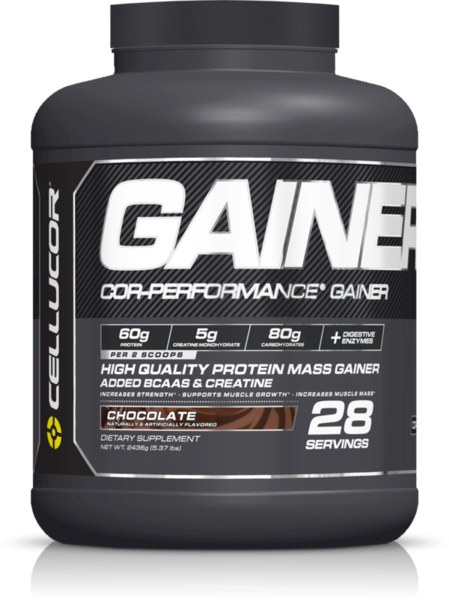
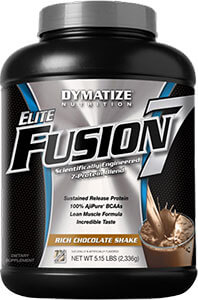
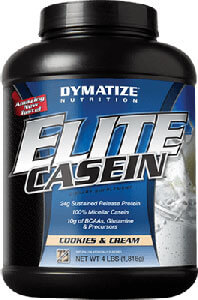
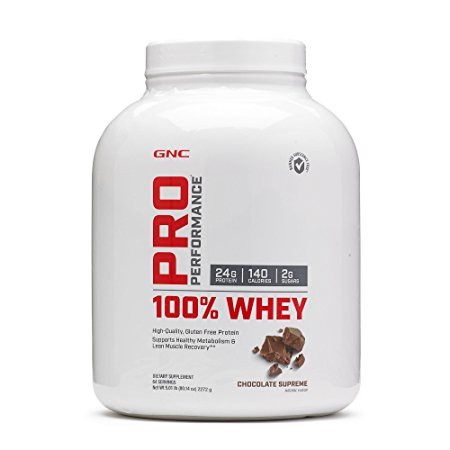
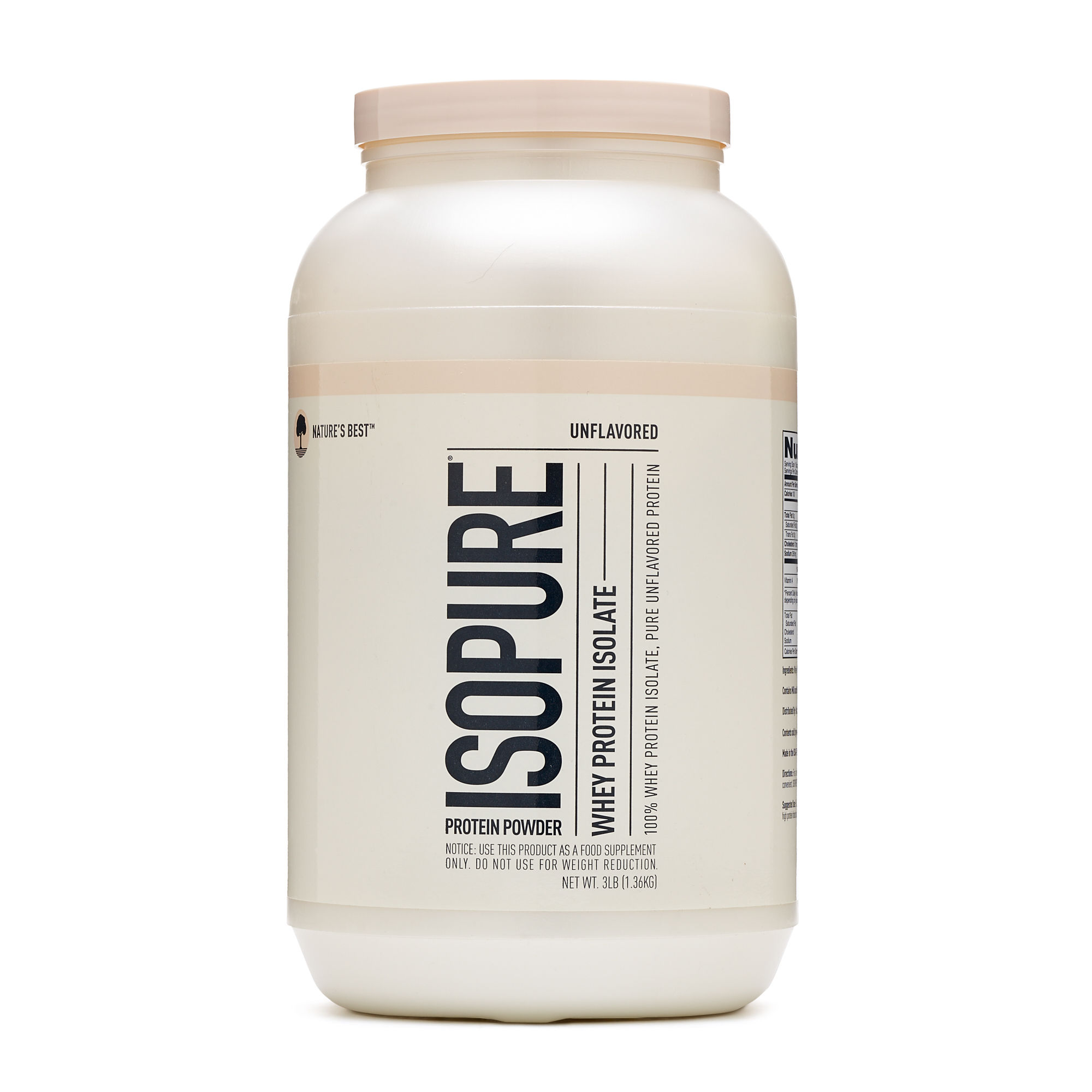
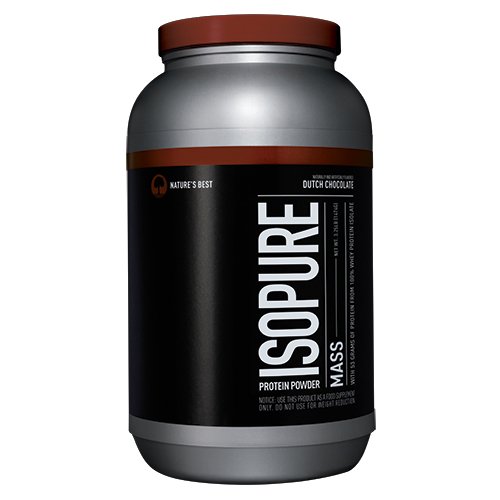
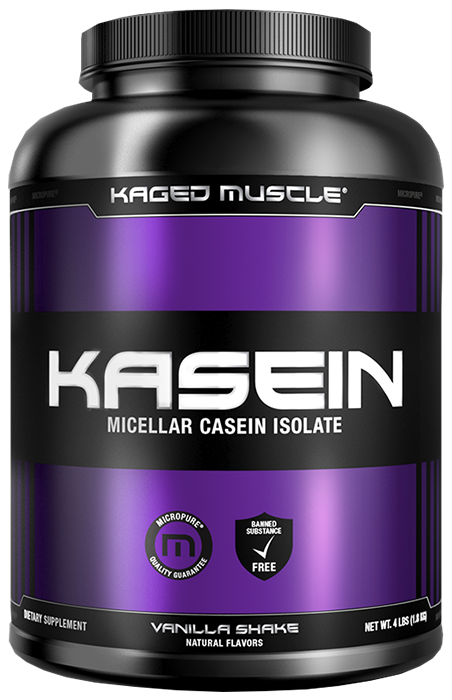
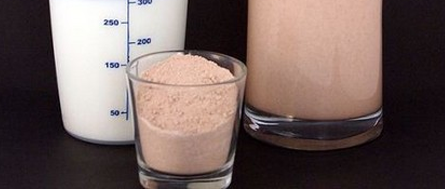
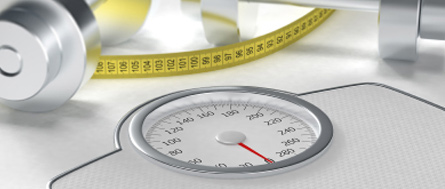
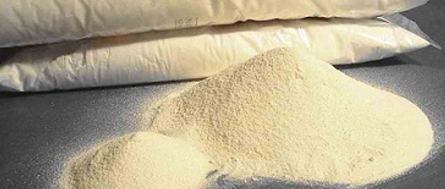
Leave a Comment on This Article